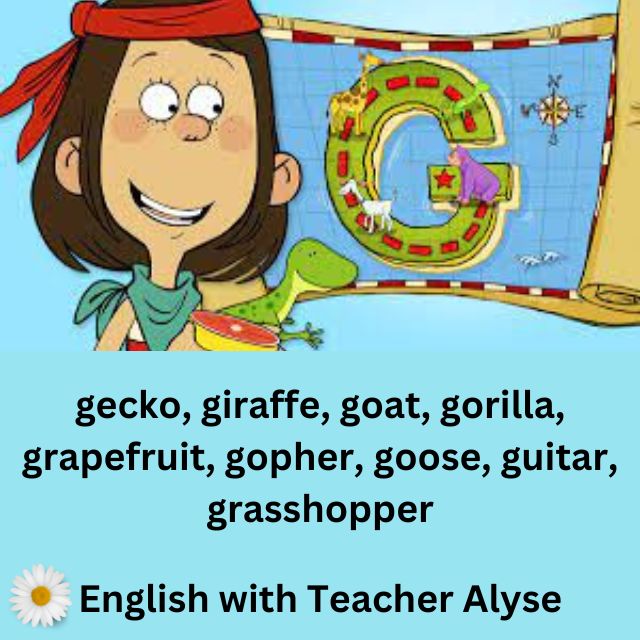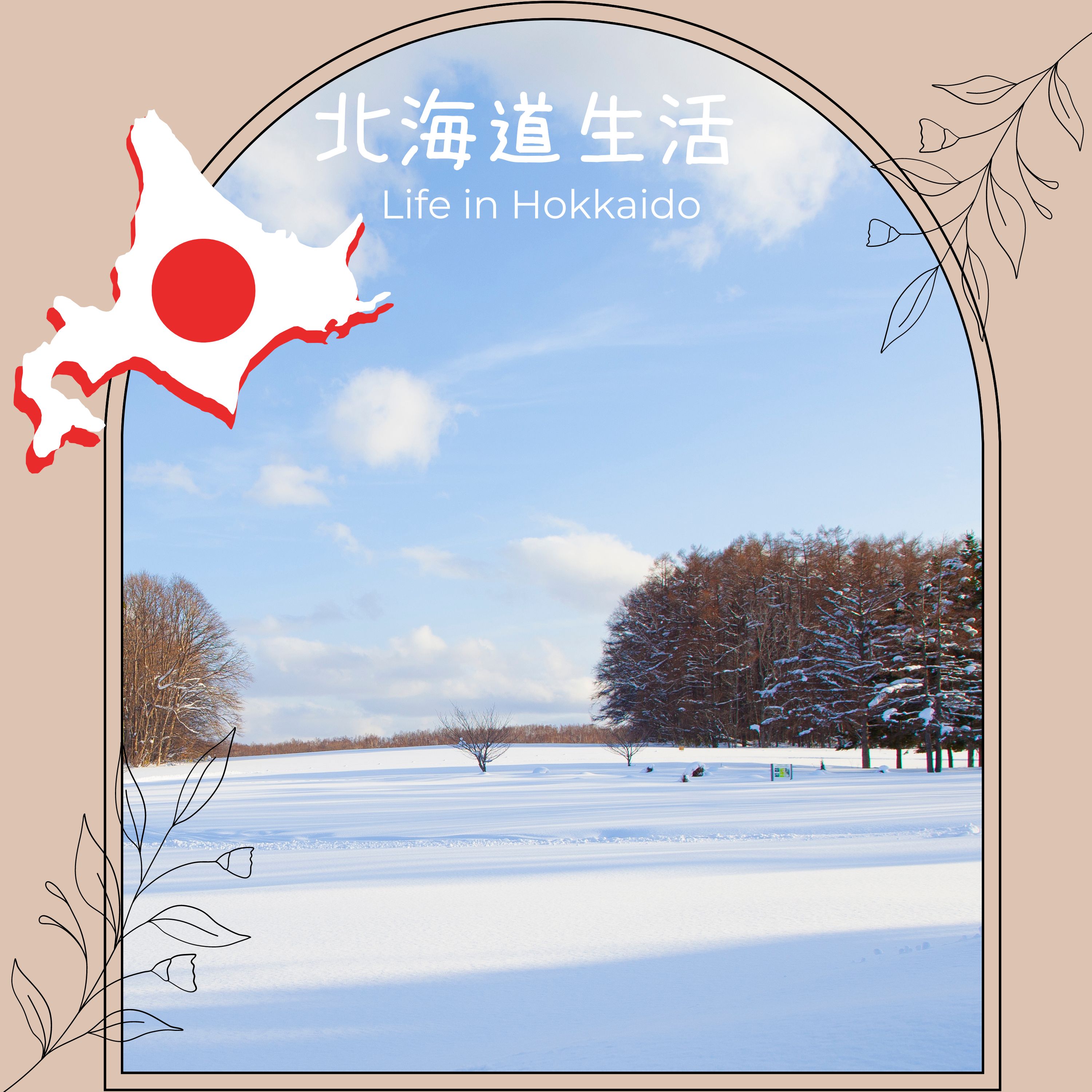
汉语语法之“了”
描述
1. - is used at the end of a sentence to indicate a change and to express a definite tone of voice
2. - The particle "了" can also be used in the structure "要/快/就要/快要 +V/Adj+了" to indicate that the action is about to happen or that the situation is about to change.
3. - The negative adverbs "没有" and "了" cannot occur at the same time. For example, you can either say "我没吃早饭" or "我吃早饭了", not "我没吃早饭了". However, the verbs "没有" and "了" can appear at the same time, e.g.: "我没有钱了."
4.- Some adverbs that emphasise the late occurrence of an action cannot occur at the same time as "了", e.g. "刚、才、刚刚", etc.
5.-Adverbs that indicate that the action occurs frequently and "了" cannot occur at the same time, e.g. "经常、常常、每", etc.
播客频道
Eva Wang的channel ——汉语语法对比合集
播客创作者
所有播客集

Gírias 2

Super Simple Songs Captain Seasalt and the ABC Pirates Letter G

I see a skate in a cave.

Uso de los verbos "SER" y "ESTAR".

L'Italia da Nord a Sud

Nine drunks 九个醉汉

(Update 2023) IELTS Speaking Part 1 Topic Social Media. Q1.

〈#181〉 冬に逆戻り?雪が降ったよ!
热门播客集

Portuguese Drops
Gírias 2

Captain Sesalt & The ABC Pirates
Super Simple Songs Captain Seasalt and the ABC Pirates Letter G

Phonics Long Vowels
I see a skate in a cave.

Spanish is in the air
Uso de los verbos "SER" y "ESTAR".

Languages With Melody
L'Italia da Nord a Sud

绕口令(Tongue Twister)
Nine drunks 九个醉汉

IELTS-SPEAKING 8-9 BAND IS POSSIBLE. DAILY SPEAKING PRACTICE PART 1,2 & 3. Listen daily.
(Update 2023) IELTS Speaking Part 1 Topic Social Media. Q1.

北海道Hokkaido生活 for Japanese learners
〈#181〉 冬に逆戻り?雪が降ったよ!